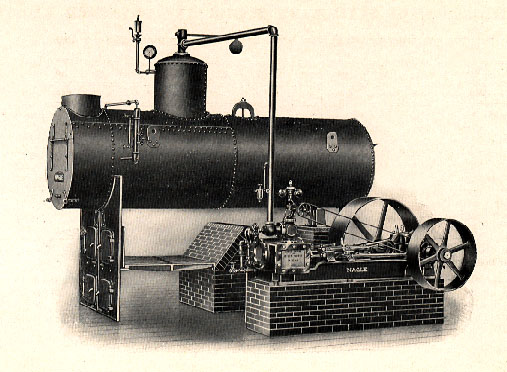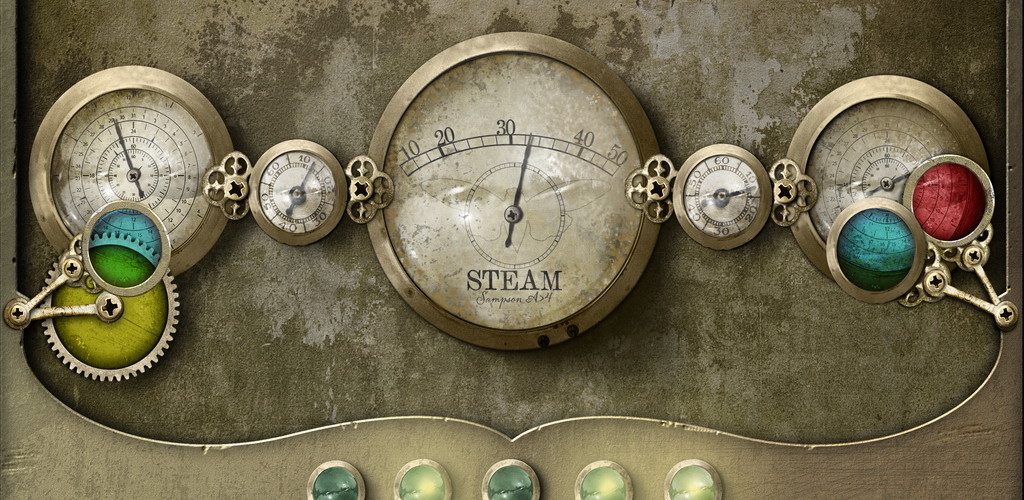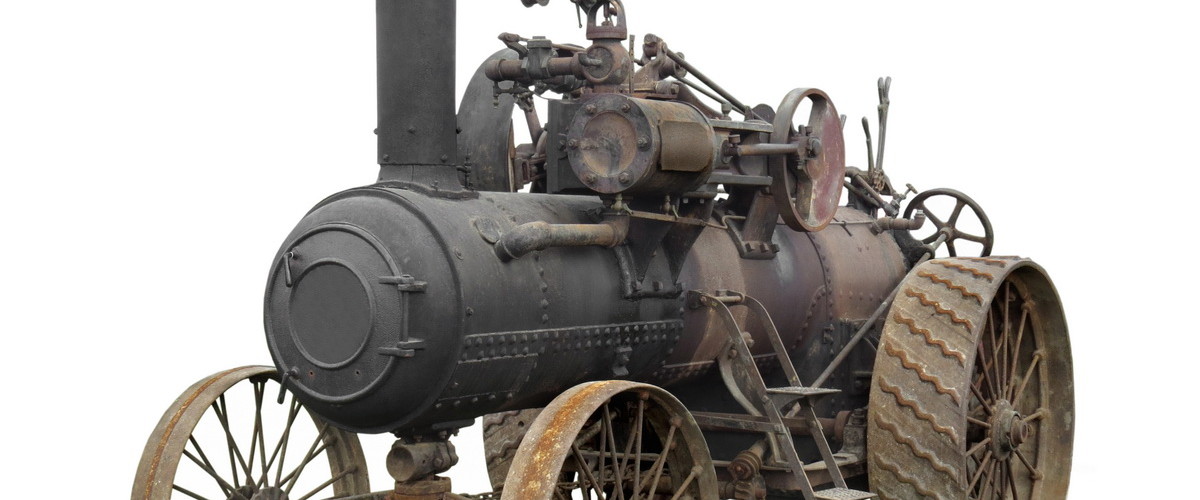The Steam Engine is a great invention from 426 years ago, when James Watt started his first steam engine driven locomotive, it changed the whole world.
We think that many people don’t know how many fields we use steam engines in and what is the significance of steam engines in our real life!
This page we would like to show some really important things that our visitors can get a clear picture about this situation.
Short summary about Steam Engine
many thanks to Wikipedia: https://en.wikipedia.org/wiki/Steam_engine
A steam engine is a heat engine that performs mechanical work using steam as its working fluid.
Using boiling water to produce mechanical motion goes back over 2000 years, but early devices were not practical. The Spanish inventor Jerónimo de Ayanz y Beaumont patented in 1606 the first steam engine. In 1698 Thomas Savery patented a steam pump that used steam in direct contact with the water being pumped. Savery’s steam pump used condensing steam to create a vacuum and draw water into a chamber, and then applied pressurized steam to further pump the water. Thomas Newcomen’s atmospheric engine was the first commercial true steam engine using a piston, and was used in 1712 for pumping in a mine.
In 1781 James Watt patented a steam engine that produced continuous rotary motion. Watt’s ten-horsepower engines enabled a wide range of manufacturing machinery to be powered. The engines could be sited anywhere that water and coal or wood fuel could be obtained. By 1883, engines that could provide 10,000 hp had become feasible. Steam engines could also be applied to vehicles such astraction engines and the railway locomotives. The stationary steam engine was a key component of the Industrial Revolution, allowing factories to locate where water power was unavailable.
Steam engines are external combustion engines, where the working fluid is separate from the combustion products.
- Non-combustion heat sources such as solar power, nuclear power or geothermal energy may be used.
The ideal thermodynamic cycle used to analyze this process is called the Rankine cycle.
In the cycle:
- water is heated and transforms into steam within a boiler operating at a high pressure.
- When expanded through pistons or turbines, mechanical work is done.
- The reduced-pressure steam is then condensed and pumped back into the boiler.
In general usage, the term steam engine can refer to either the integrated steam plants (including boilers etc.) such as railway steam locomotives and portable engines, or may refer to the piston or turbine machinery alone, as in the beam engine and stationary steam engine. Specialized devices such as steam hammers and steam pile drivers are dependent on steam supplied from a separate boiler. Reciprocating piston type steam engines remained the dominant source of power until the early 20th century, when advances in the design of electric motors and internal combustion engines gradually resulted in the replacement of reciprocating (piston) steam engines in commercial usage, and the ascendancy of steam turbines in power generation.[4] Considering that the great majority of worldwide electric generation is produced by turbine type steam engines, the “steam age” is continuing with energy levels far beyond those of the turn of the 19th century.
To name some interesting industrial tools which are operating based on the “steam engine technology”:
- Coal Fired Power Plants
- Nuclear Plants,
- Nuclear Submarines,
- Nuclear Aricraft carrier mother ship!
- Steam Tractors,
- Steam Locomotives,
And even more interesting thing is that some green or renewable energy plants also use this old fashioned operation named “steam engine” !






